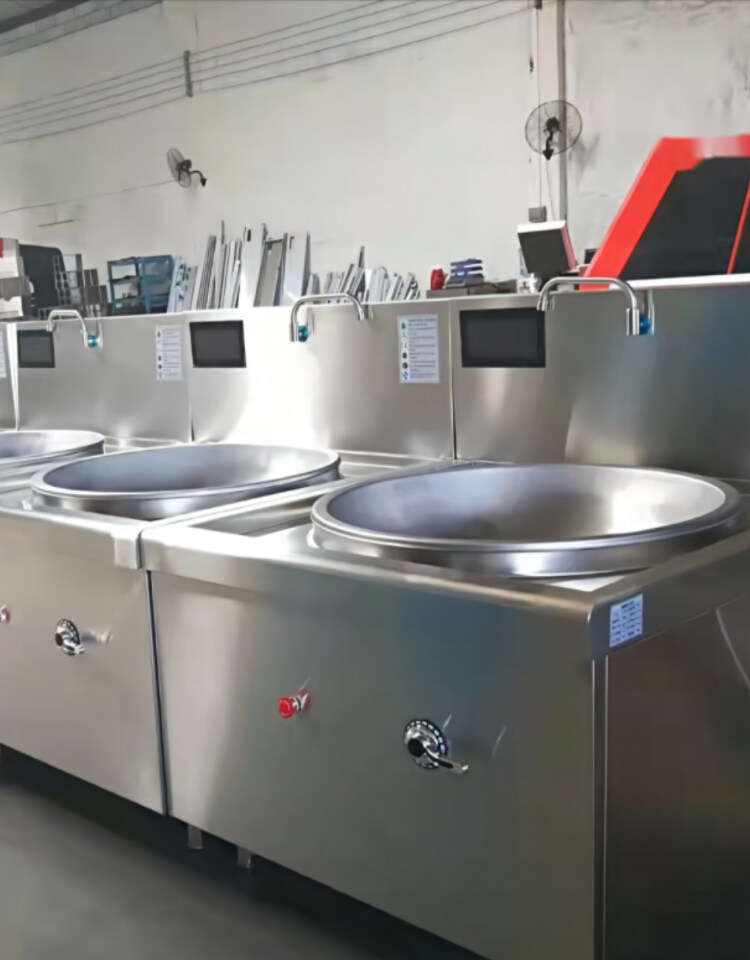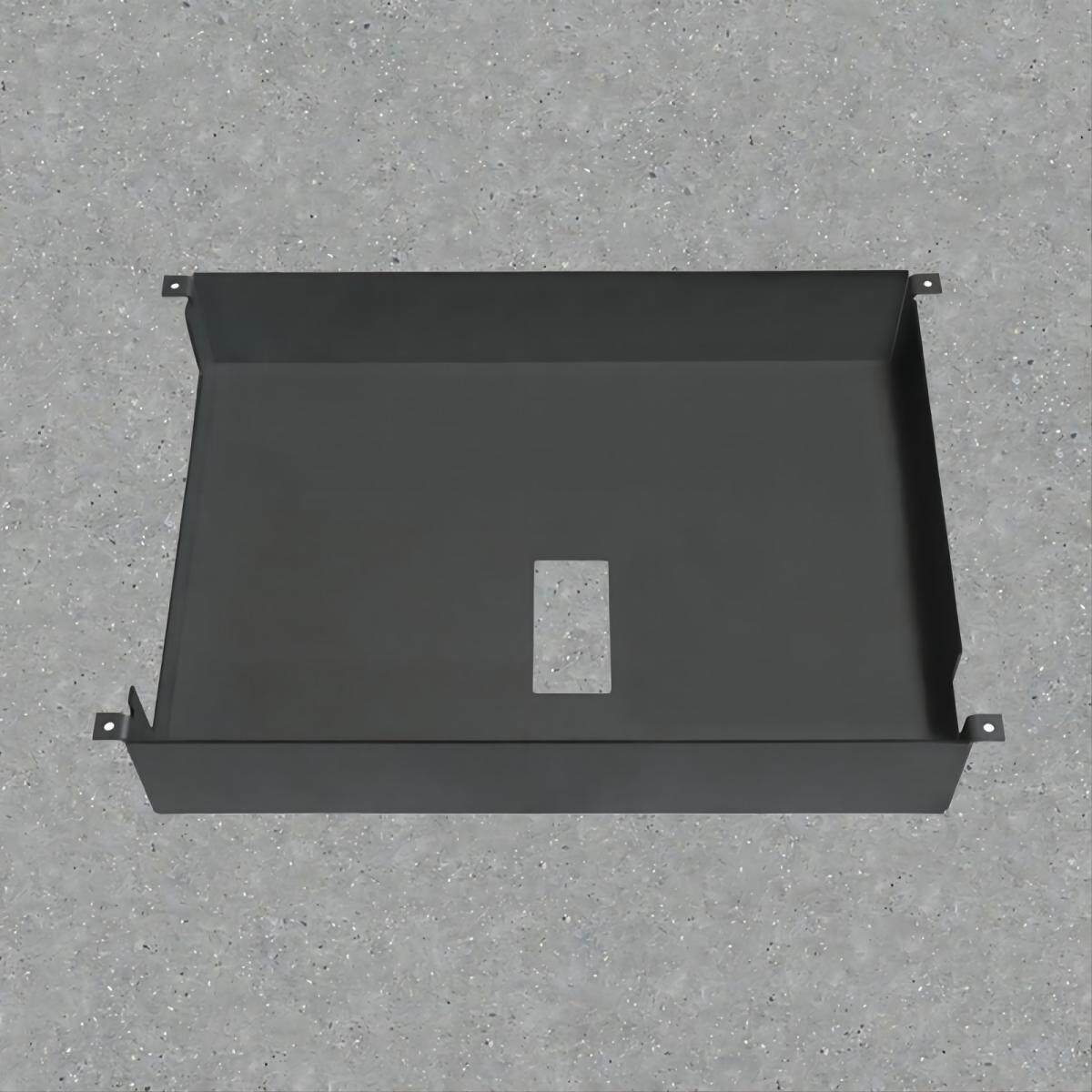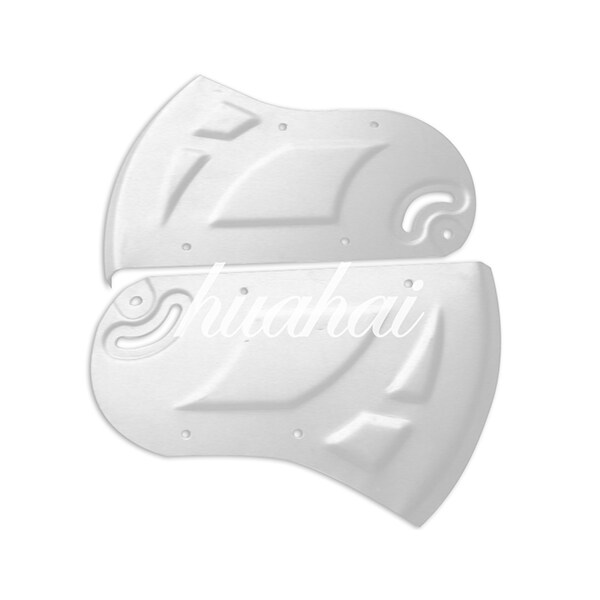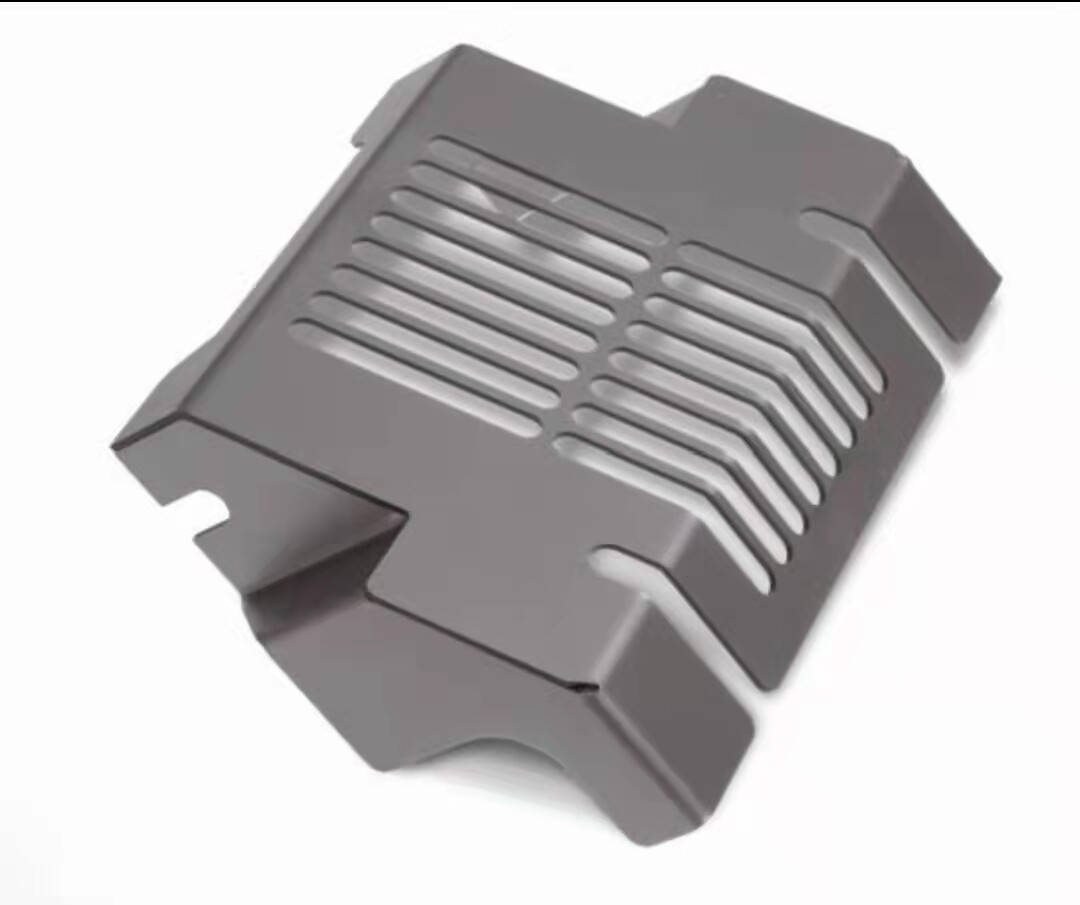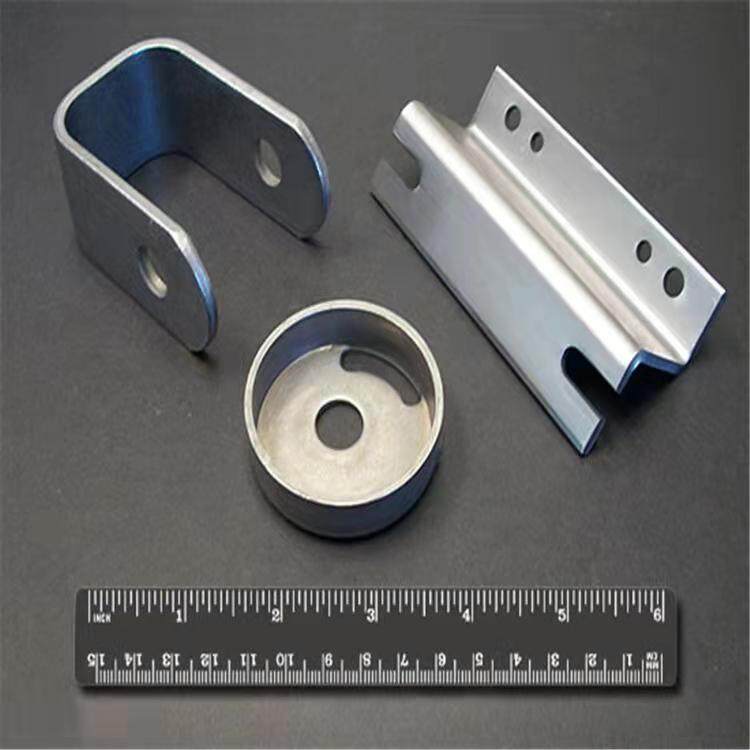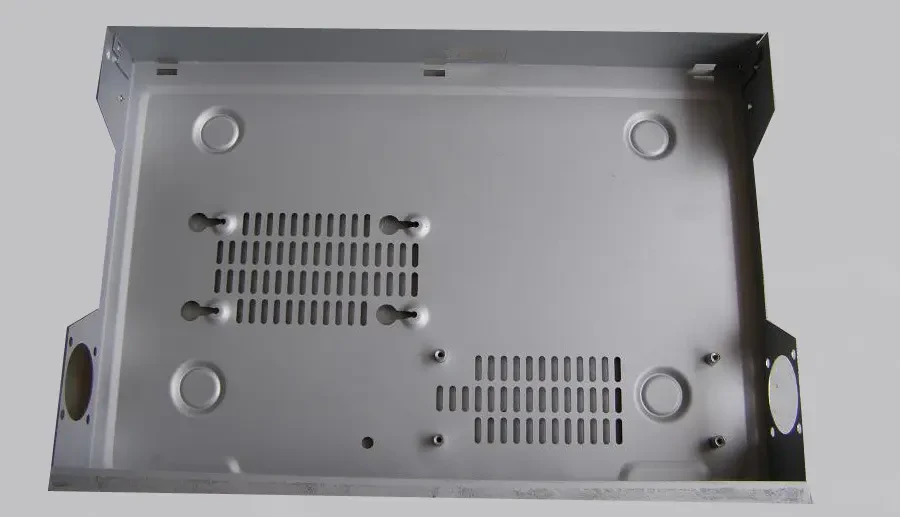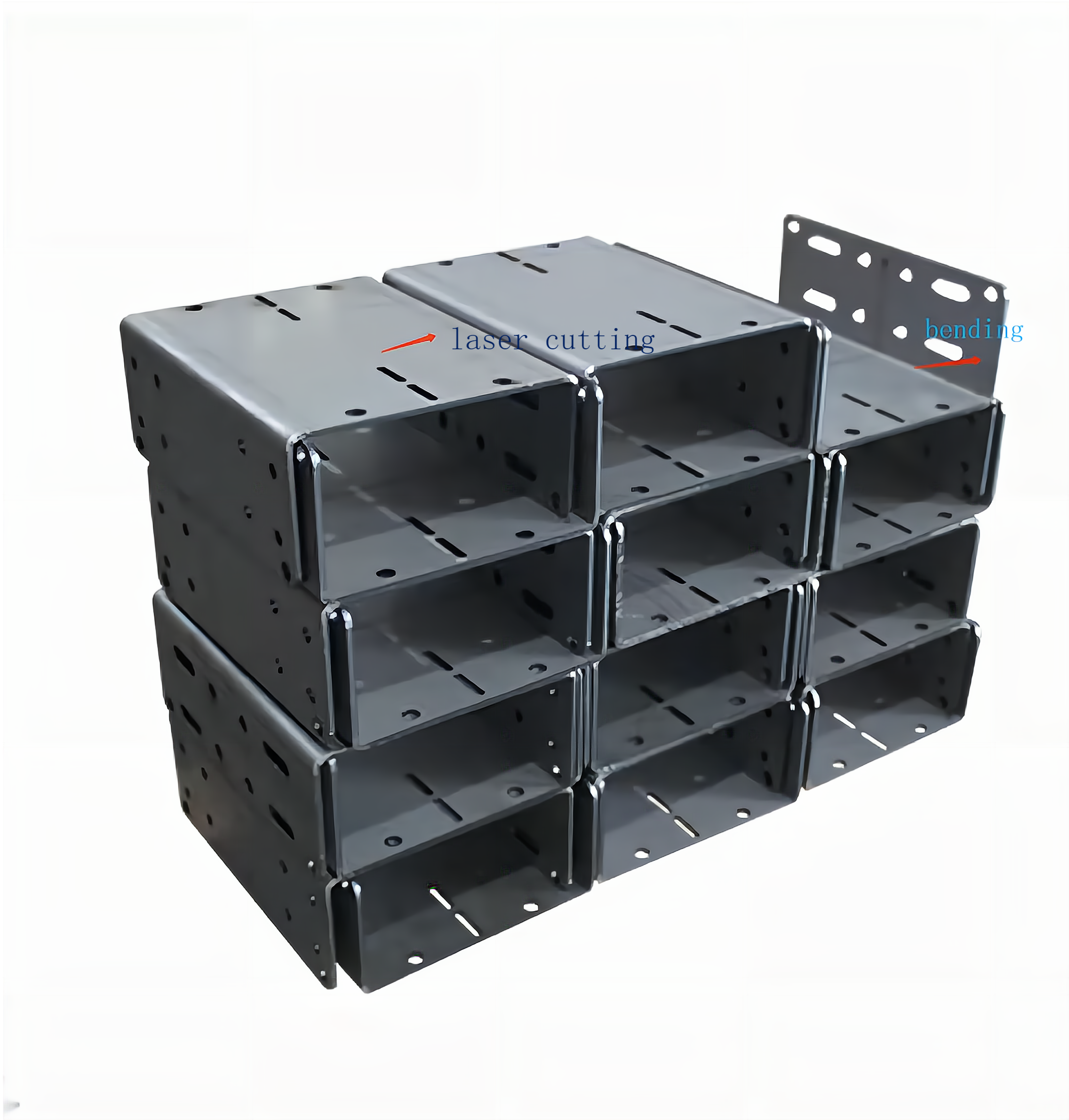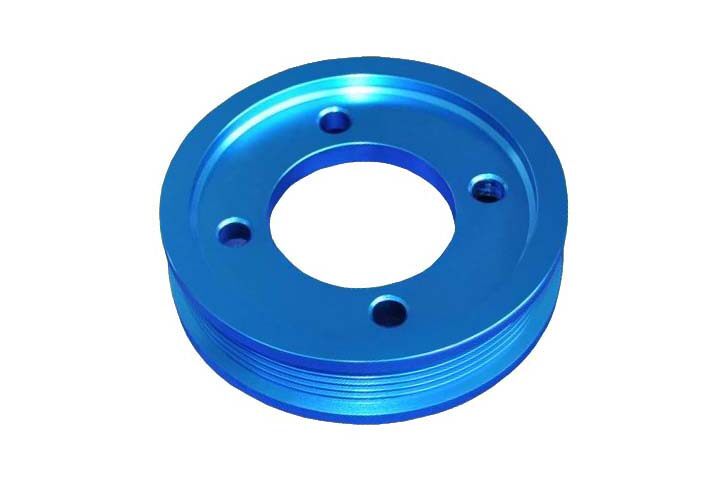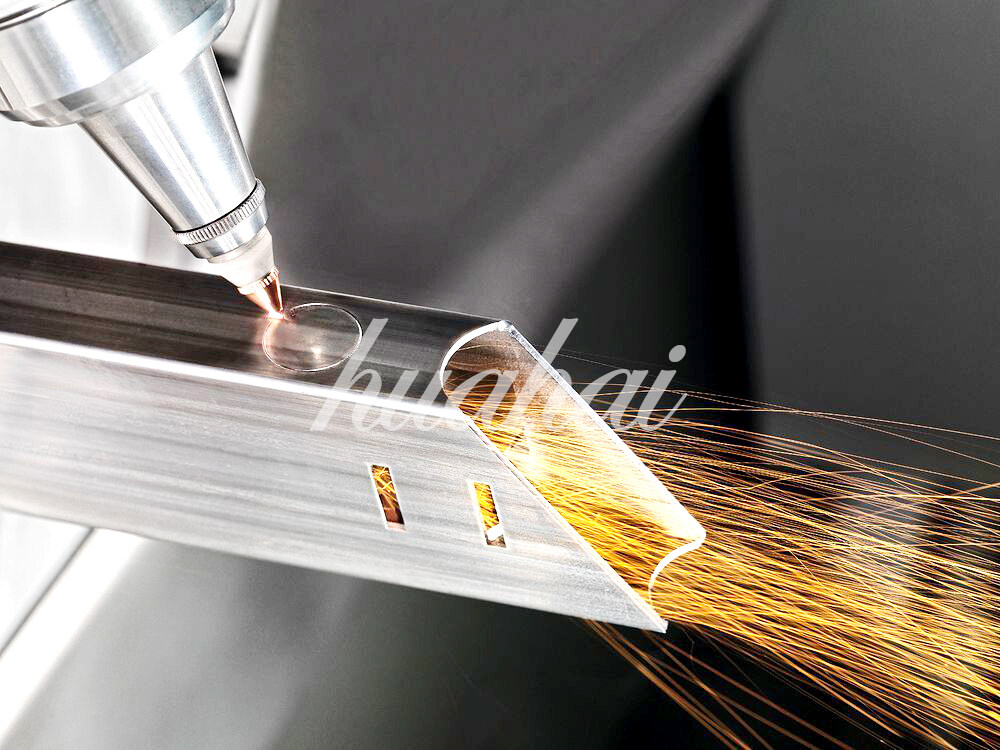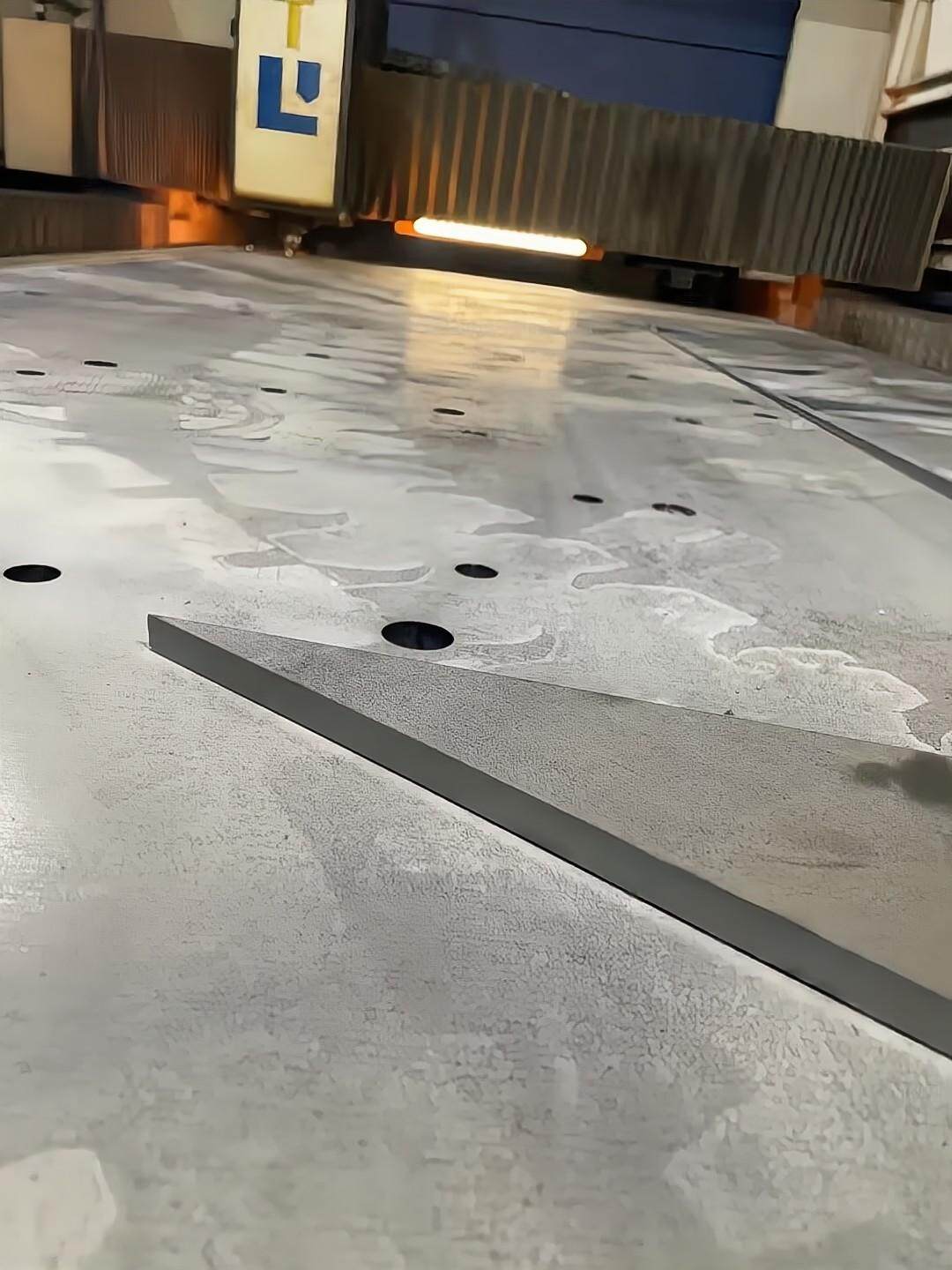Email format error
Email cannot be empty
Email already exists
6-20 characters(letters plus numbers only)
The password is inconsistent
Email format error
Email cannot be empty
Email does not exist
6-20 characters(letters plus numbers only)
The password is inconsistent

Stamping hardware processing
-
0.00 ~ 0.00/
1/ (Min. Order)
We specialize in precision stamping hardware parts, crafted with meticulous attention to detail. Our parts are made from high-quality materials, ensuring excellence and durability. We offer customized solutions tailored to your specific needs, including category, size, and material. Our stamping hardware parts are known for their exceptional durability, withstanding high pressure and shocks for reliable performance.
Stamping Hardware Processing Parts Feature
Complex Geometries: Stamping technology enables the efficient production of intricate designs and complex shapes. This versatile process allows for the creation of parts with features like bends, curls, perforations, embossing, and more, all in a single operation.
High Production Volumes: Stamping hardware processing parts are perfectly suited for high-volume production requirements. Whether it involves producing thousands or millions of parts, stamping is exceptionally efficient in meeting large-scale manufacturing needs, thereby providing significant time and cost savings.
Good Strength and Durability: Stamping hardware processing parts are widely utilized in various applications that demand robust and long-lasting components. The materials employed, coupled with the stamping process, guarantee the production of parts with outstanding strength, structural integrity, and resistance to wear and tear.
Stamping Hardware Processing Parts Advantages
Excellent Surface Finishes: Stamping is a manufacturing process that results in parts with exceptional surface finishes, making them visually appealing and ideal for applications that prioritize aesthetics. These high-quality finishes can further be enhanced through additional processes such as plating, painting, or powder coating, which not only improve the appearance but also provide protection against corrosion.
Design Flexibility: Stampings can be customized to incorporate various features such as embossing, perforating, or forming, offering design flexibility to meet diverse functional requirements. This versatility allows for easy integration into a wide range of applications.
Integration with Other Components: Stamping hardware parts offer seamless integration with other components or assemblies, ensuring compatibility with existing systems and streamlining manufacturing and assembly processes. This compatibility enhances efficiency and reduces production time, making stampings a preferred choice for various applications.
Cost Effective: Stamping is a highly cost-effective manufacturing technique utilized to produce large quantities of hardware parts. This streamlined process facilitates efficient production, resulting in material savings and making it a popular and economical choice across multiple industries.
Stamping process is a metal processing method, it is based on the plastic deformation of metal, the use of mold and stamping equipment to exert pressure on the sheet, so that the sheet plastic deformation or separation, so as to obtain a certain shape, size and performance of the parts (stamping parts)Punch press stamping process method.
Cutting a stamping process in which the edge of a working part is trimmed by a die to make it have a certain diameter, a certain height or a certain shape. Tongue cutting is a stamping process in which the material is partially separated along an open contour rather than completely separated. The partially separated material has the desired position of the workpiece and is no longer in the plane in which it was separated.
Cut off a stamping process in which material is separated along an open profile and the separated material becomes a workpiece or process part. Reverse drawing is a kind of drawing process to turn the inner wall of hollow process parts out. Flaring is a type of stamping that expands the open part of hollow or tubular parts outward. Punching A stamping process in which waste material is separated from a material or process part along a closed contour to obtain desired holes in the material or process part.
A stamping process in which waste material is separated from a material or process piece along an open profile that creates a notch not deeper than the width. Blanking is the use of stamping die to make part of the material or process parts and another part of the material, workpiece or waste separation of a stamping process, is cut off, blanking, punching, punching, groove, cutting, chisel cutting, edge cutting, cutting tongue, cutting, refurbishing and other separate processes. A stamping process in which waste material is separated from a material or work piece along an open profile that is grooved and deeper than it is wide.
Punching center hole is a kind of stamping process that forms shallow concave center hole on the surface of working parts, and there is no corresponding bulge on the back material. Embossing is a stamping process in which a punch is pushed into one side of the working part and the material is forced to flow into the opposite pit to form a bulge. Embossing is a stamping process of forcing out local materials and forming shallow concave patterns, patterns, characters or symbols on the surface of working parts.
The back of the embossed surface does not have a bump corresponding to a shallow concave. Forming depends on material flow and does not rely on material separation to change the shape and size of the stamping process. Smooth blanking is to directly obtain the whole section of the whole or basically all smooth blanking process. Torsion bending is a stamping process that twists one part of a flat or partially flat working part relative to another part at a certain Angle. Continuous drawing in the strip (coil), with the same die (continuous drawing die) through many times to gradually form the required shape and size of a stamping method. A stamping process in which the edge of a working part is rolled into a close circle.
The axis of the roll - up circle is straight. Coiling edge is a stamping process that rolls the upper edge of hollow parts into a close circle. Drawing is a stamping process that changes the flat wool or process parts into a curved surface, which is mainly formed by the extension of the material at the bottom of the punch. Tensile bending in the joint action of tension and bending moment to achieve bending deformation, so that the entire bending cross section of all tensile stress a stamping process.
Drawing is a stamping process that changes the flat wool or process parts into hollow parts, or further changes the shape and size of the hollow parts. When drawing hollow parts mainly rely on the bottom of the punch outside the material flow into the concave die and formed. Thinning drawing is a drawing process that further changes the shape and size of the hollow working part and intentionally thinns the side wall. Cutting is a stamping process that divides forming parts into several parts.

